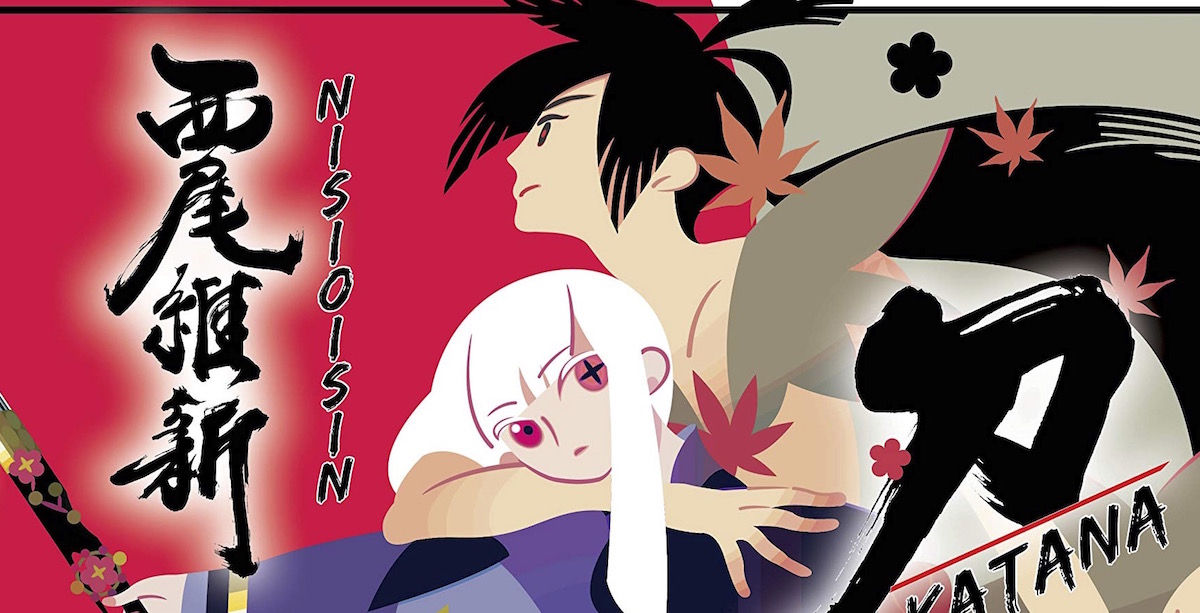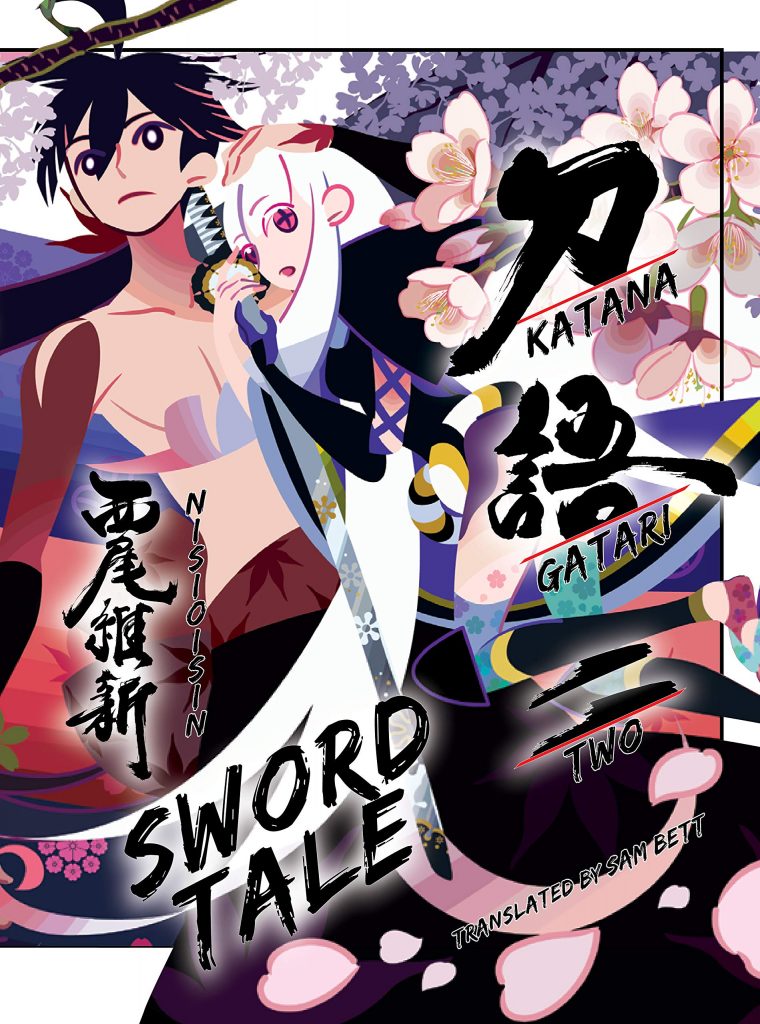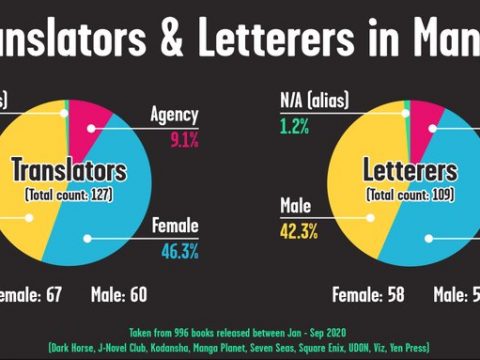
Many fans of anime and manga want to learn more about Japan, and sometimes that includes learning the Japanese language. Some of these language learners even decide to get into the translation business. Sam Bett, an award-winning Japanese translator, will be taking part in a special event this Wednesday from 6:00 PM 7:30 PM at the Japanese themed store Kinokuniya New York (1073 Avenue of the Americas New York, NY). It’s all part of a celebration for the release of the second volume of Vertical’s KATANAGATARI (Sword Tale) by NISIOISIN, which Bett translated. These light novels follow Shichika, a man in feudal Japan who is on a quest for twelve masterpiece swords. Along with talking about this novel, Bett will discuss his work in translation. In the meantime, he answered questions for Otaku USA.
***
How did you get into the translating business?
After studying Japanese and English literatures at UMass-Amherst, I got my start in the translation business editing Japanese-to-English translations of patent documents for a translation company in Manhattan. Attending the Bread Loaf Translators’ Conference in Vermont is what really helped me focus my attention on literary translation. That’s also when I started Us&Them, a Brooklyn-based reading series that I co-host with Italian translator Todd Portnowitz, where we give writers who also translate a place to read from both their original work and their translations.
What can you tell us about winning the 2nd JLPP International Translation Competition?
I gave that essay and short story everything I had. There was one night when I moved from my desk to my car, just to force myself to stay awake, and did the umpteenth round of line edits with a pen, underneath the streetlights. Working on my submission is when I really started building confidence as a translator. It takes time and effort to reach a place where you can let yourself relax and say: “Okay, that part’s set, I’m moving on.”
What is the process involved in translating? How do you find ways to get the point across when sentences, words or phrases don’t translate easily?
I think of translation as an uncanny combination of reading and writing. When something doesn’t translate easily, both aspects of the work intensify. You read more closely, then let go temporarily of what you’ve read, so that you can ask yourself how you would write that same scene or image starting from a blank page, like the writer. Sometimes I literally do this, with a blank piece of paper and a pencil. It’s probably the funnest part of the job, and the most humbling part of the process.
 Is it a different experience translating manga versus translating other Japanese works?
Is it a different experience translating manga versus translating other Japanese works?
I’ve never translated manga, and my work with light novels has been limited so far to the KATANAGATARI series. Unlike mainstream novels, which tend to stand alone, light novels are all about intertextuality, making subtle references to earlier (and sometimes even later!) works by the same author, or other aspects of pop culture. Translating all of these nuances is probably impossible. I’m sure I miss them all the time, and I’m grateful to my editors for helping out with that, but I think anyone reading these books in Japanese would miss things, too. NISIOISIN packs his stories with Easter eggs and offhand references. It’s not about noticing every single one, so much as enjoying the treasure hunt for what it is.
What advice do you have for manga fans who are also interested in getting into the translation business?
Identify what you like least about studying Japanese, whether it be grammar, kanji, onomatopoeia, and make that the main focus of your study. There’s no other way to improve. In my experience, what you dislike is probably just the thing that trips you up. If you could do it better, you’d enjoy its richness and its quirks. The Japanese language is not a mystical or esoteric practice. Like French cooking or juggling, it’s something you can master over time. It also helps to have a skeptical relationship with the idea of mastery. I’m always happy to encounter words I’ve never seen before or unfamiliar grammar. As you advance, these learning moments become increasingly rare, and that makes them refreshing.
As far as becoming a translator, ask yourself what sort of work you’d like to do maybe five years down the line, then gain whatever paid experience you can while keeping your eyes open for opportunities in your prospective field. This could mean translating obtuse business emails for a Japanese company while working on short story translations, or editing translations of life science textbooks for a publisher while subtitling for a streaming service on the side. One of the beauties of working in translation is that any translation work you do, regardless of the field, will provide valuable insights into the work that you do later.
What will you be offering at the Kinokuniya event?
I’ll read a few choice passages from the KATANAGATARI books published thus far, then talk about some of the cool things we’ve done to transform these books into English. The footnoting process, which doesn’t exist in the original, has been the biggest challenge and the most rewarding aspect of the project. I’m eager to hear what readers think!
_____
Danica Davidson, along with Japanese mangaka Rena Saiya, is the author of Manga Art for Intermediates. In addition to showing how to draw manga character types in detail, the book describes how professional Japanese manga creators work, including common techniques and what drawing utensils they use.






